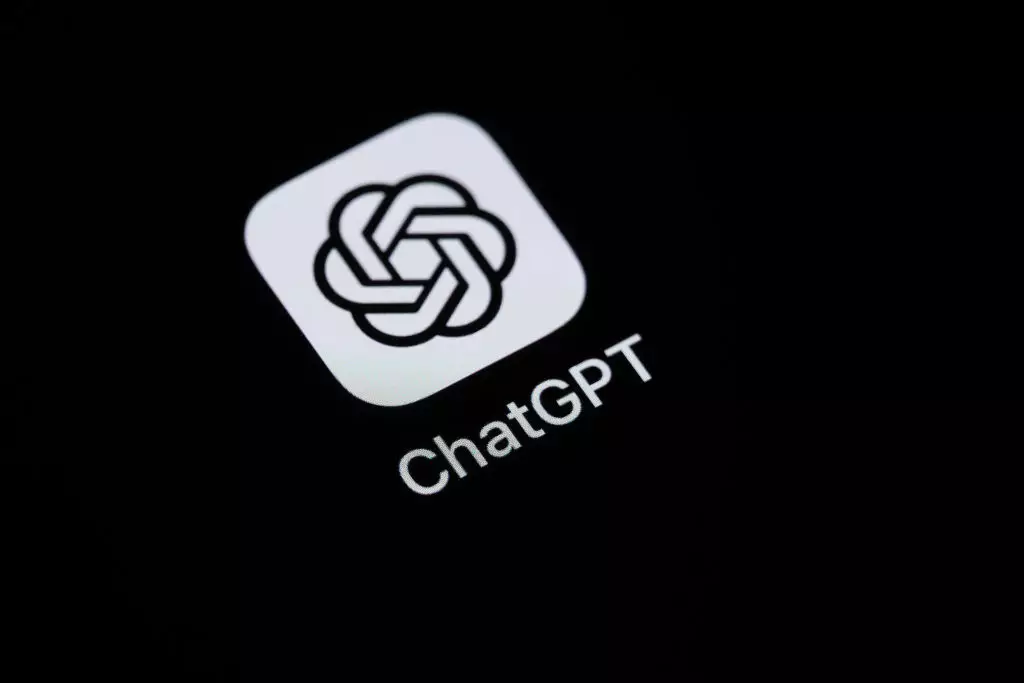In a recent livestream, Sam Altman, the CEO of OpenAI, unveiled a significant upgrade to ChatGPT that promises to transform how users engage with image creation. For the first time in over a year, OpenAI has rolled out the image-generation capabilities of its powerful GPT-4o model. This groundbreaking development allows the AI to create and edit images alongside its traditional prowess in text handling. The integration of this new capability into ChatGPT marks a pivotal moment not just for OpenAI, but for the entire field of generative AI.
Pioneering Technology in Image Generation
The enhancements brought forth by GPT-4o extend beyond mere image creation; they open a new frontier in AI-driven creativity. Unlike its predecessor, DALL-E 3, GPT-4o is designed to “think” longer when generating images, potentially increasing the precision, detail, and fidelity of the final outputs. This leap in technology not only elevates the quality of AI-generated images but also broadens the scope of creative possibilities available to subscribers of OpenAI’s Pro plan, which costs $200 a month.
In addition to generating new images, GPT-4o can manipulate existing images—an innovation that particularly excites digital artists and content creators. The ability to edit images, including detailed alterations to backgrounds and scenes, offers a versatile tool for creatives looking to enhance their projects. Users can effectively “inpaint” details or transform images in ways that were previously labor-intensive or time-consuming.
Ethics and Intellectual Property Concerns
OpenAI is acutely aware of the ethical implications surrounding image generation. The company claims to have established guidelines that respect the rights of artists, preventing any mimicry of contemporary works. This aspect of their platform is crucial, especially in an era where copyright infringement is a hot topic. Users have the option to opt out of having their works included in OpenAI’s training datasets, highlighting the company’s commitment to ethical practices in AI. However, it is essential to note that the balance between creativity and copyright will continue to evolve as AI tools become more integrated into creative processes.
OpenAI’s cautious approach contrasts sharply with other generative AI models, such as Google’s Gemini 2.0 Flash. While Gemini enjoyed immediate virality due to its image capabilities, it also faced criticism over its lack of safeguards, leading to concerns over the potential for misuse, such as watermark removals and the recreation of copyrighted characters. This juxtaposition signifies that as the technology progresses, ethical considerations must remain at the forefront of discussions surrounding AI development.
Future Implications for Creative Industries
As the landscape of image generation evolves, questions linger about the future role of AI in creative industries. Will it serve as a supplement to human creativity or overshadow it? OpenAI’s advancements suggest a future where artists may need to adapt their workflows to incorporate AI tools while exploring new forms of creative expression. Artistic integrity and originality will be ever more critical as these tools become mainstream.
OpenAI’s launch of GPT-4o within ChatGPT could be seen as a double-edged sword. While it enhances the creative toolkit available to users, it also demands accountability and ethical considerations that must be carefully navigated. This development is certainly a significant milestone, but its long-term impact on the creative landscape remains to be seen.

